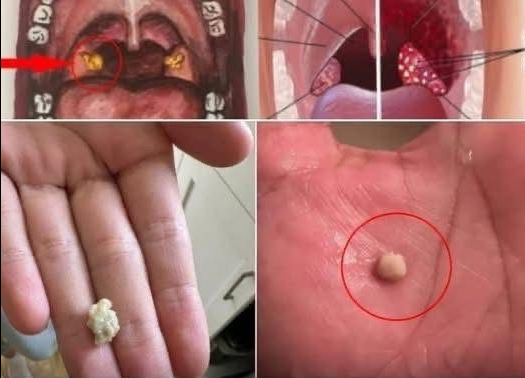The rise of social media sites has completely transformed the way we share and consume information. Photos, videos, and posts can now reach audiences across the globe almost instantly, something that would have been unimaginable just a decade or two ago. As a result, trends develop from time to time, and there are waves of similar content that seem to sweep through social media platforms during certain periods. These trends can range from funny memes and dance challenges to surprisingly educational content. But one of the most curious trends involves videos and posts about the human body—its strange quirks, unusual phenomena, and sometimes gross but fascinating behaviors.
It probably shouldn’t come as a surprise that content related to the human body has proven particularly popular online. People are drawn to the weird, the unusual, and even the slightly uncomfortable. Videos showcasing unusual bodily phenomena tend to attract massive audiences. You’ve probably seen some of them: pimple popping (uncomfortable to watch but strangely satisfying!), cyst draining (double gross!), and earwax removal (enough to make you squirm!). But one phenomenon I had never heard of until recently was tonsil stones.
When I first came across a video about tonsil stones, my initial reaction was a mix of curiosity and mild horror. I thought to myself, “What exactly am I about to watch?” I knew it would probably be gross, but I couldn’t look away. I realized then that part of the fascination with these viral body-related videos is that they reveal things most of us never think about—tiny, hidden processes that happen inside our own bodies every day. And suddenly, I was hooked, eager to learn more and, of course, share what I learned with you.
Let me start by explaining exactly what tonsil stones are, especially if you, like me, had never encountered them before. According to the Mayo Clinic, tonsil stones, also known as tonsilloliths, are hard white or yellow formations that develop on the tonsils. They are usually harmless and often painless, although in some cases they can cause discomfort or bad breath. Most importantly, they are treatable at home, and medical intervention is only rarely required.
The main cause of tonsil stones is trapped materials and debris in the tonsillar crypts, which are small pockets located in the tonsils themselves. For those who need a reminder, the tonsils are oval-shaped, infection-fighting tissues located at the back of your throat, designed to help catch germs and prevent illness. These crypts can trap substances such as minerals (like calcium), leftover food particles, mucus, bacteria, or fungi. Over time, this trapped material hardens, forming the stone-like deposits we call tonsil stones.
Tonsil stones are more common than one might think, and many people have them without even knowing it. Often, they cause no symptoms, and people only become aware of them by chance—sometimes during a dental check-up or when noticing a strange taste in their mouth. However, when symptoms do appear, they can be unpleasant. Bad breath is probably the most common symptom, which makes sense because bacteria and trapped food can create odors. Other symptoms can include a persistent cough, earaches (due to shared nerve pathways), a sore throat, or the sensation that something is stuck at the back of your throat. In some cases, tonsil stones can even grow large enough to make swallowing uncomfortable.
Despite their appearance and slightly alarming nature, tonsil stones are generally harmless. Most cases can be managed at home with good oral hygiene, saltwater gargles, and careful removal using safe methods, like gentle use of cotton swabs or oral irrigators. Rarely, if tonsil stones are very large, recurrent, or cause repeated infections, a doctor may suggest surgical removal or other professional treatments.
Learning about tonsil stones taught me an important lesson about the human body: even the smallest, hidden, or seemingly gross phenomena can be fascinating and informative. They remind us that our bodies are incredibly complex and constantly active, performing processes we rarely notice. Watching videos about tonsil stones—or pimple popping, cyst draining, and other viral medical content—can feel a little gross, but they also give insight into how our bodies function in real life. They’re a mix of science, curiosity, and, yes, a little shock factor that keeps us interested.
So, the next time you hear about tonsil stones or see a video about them online, don’t shy away. Instead, think of it as a glimpse into the hidden workings of your own body. The more you learn, the more you can understand and appreciate the amazing things our bodies do—sometimes quietly, sometimes in ways we don’t expect, and occasionally in ways that make us wince.
